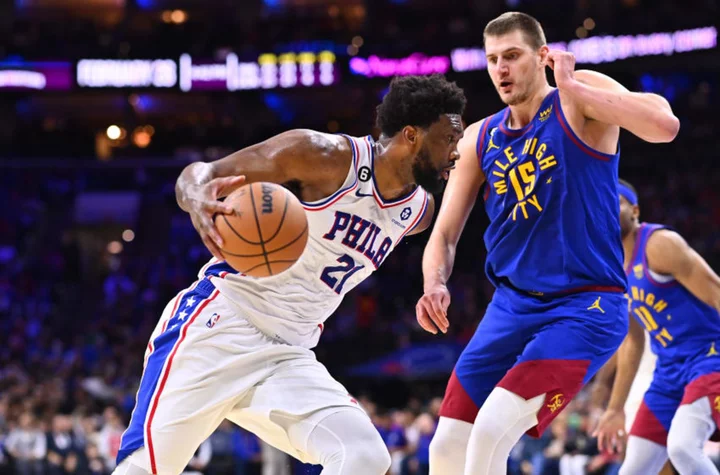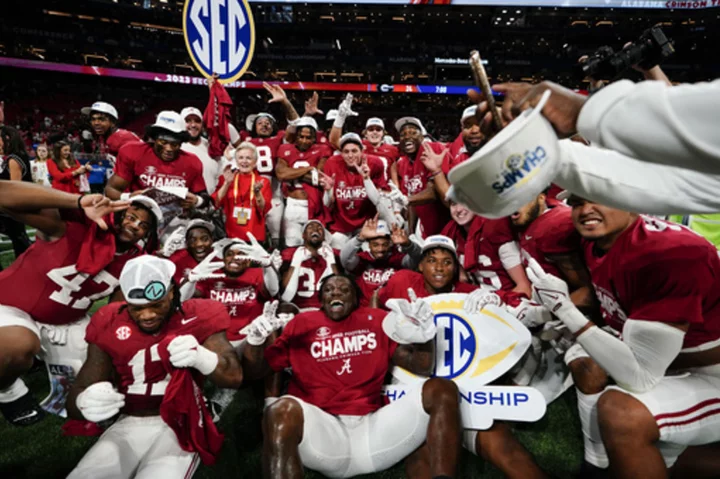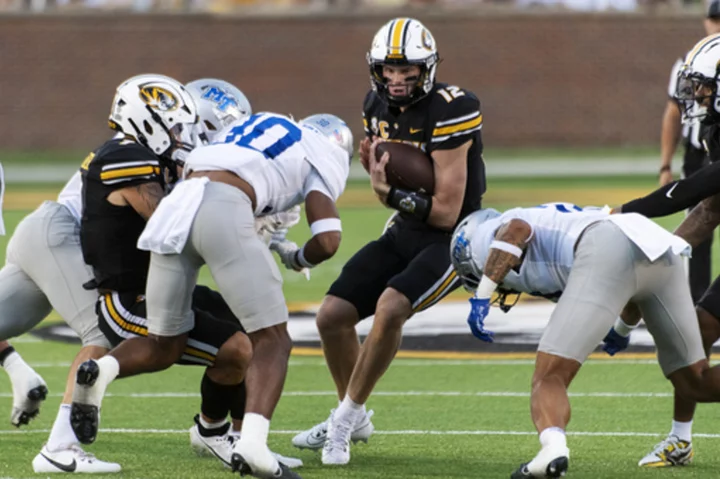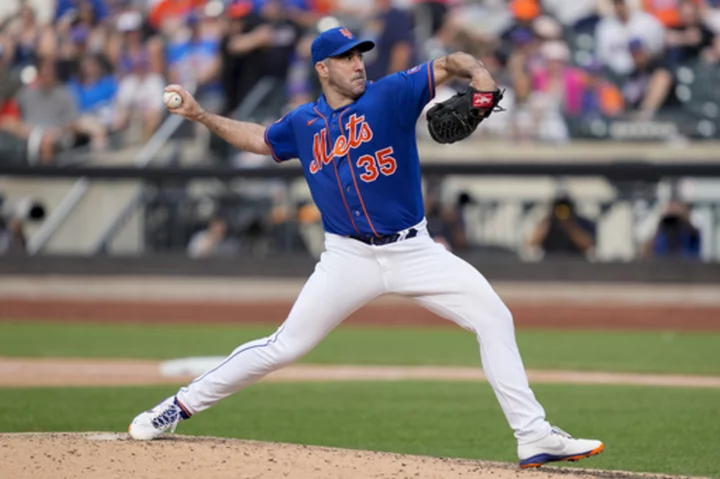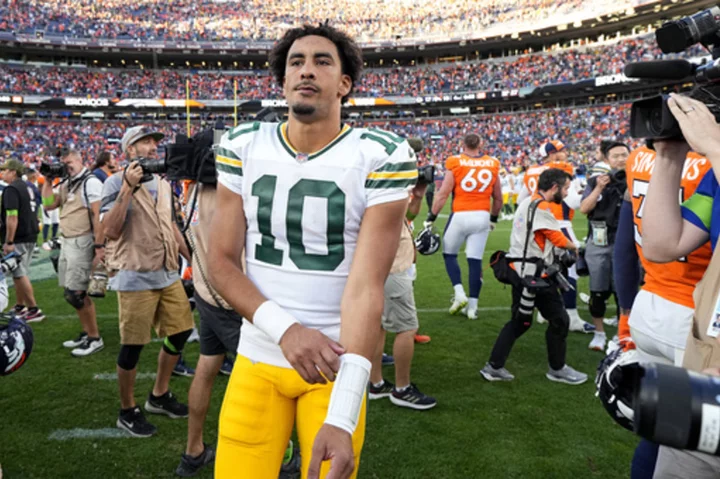When someone mentions "the post" in basketball terms they are usually talking about the painted area — from the baseline to the free throw line. However, there a numerous modifiers attached to it, creating a whole basketball vocabulary that you're much more likely to encounter.
What does the post mean in basketball?
Low-post: This generally refers to the area of the paint closest to the basket. In practical terms, it often extends outside the paint but refers to the area close to the baseline, close to the basket and around the low block — the small painted blocks on either side of the paint.
Mid-post: This area isn't strictly defined but is generally farther from the basket and can extend outside the painted area.
High-post: This area isn't strictly defined either but is generally the part of the painted area farthest from the basket. It also includes the elbows (where the free throw line meets connects perpendicular to the edges of the paint.
Post-up: Generally, a post-up refers to any scenario where a player is attempting to pin their defender behind them in the low- or mid-post, with or without the ball. Statistical services like Synergy Sports Technology and the NBA's stats site use a slightly stricter definition for post-ups that includes the player receiving the ball and certain guidelines for how they attack their defender.
Post touches: In general, this refers to any time a player receives the ball in the low- or mid-post. The NBA's stats site includes this in their player tracking stats.
Who is the best post-up scorer in the NBA?
The NBA uses post-ups in a much different way than it did decades ago but it is still a powerful offensive weapon. For the 2022-23 season, where were the most efficient post-up scorers, among players who finished at least three post-up possessions per game.

